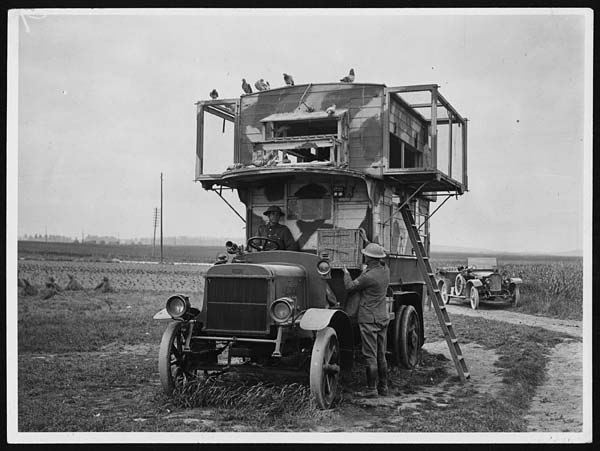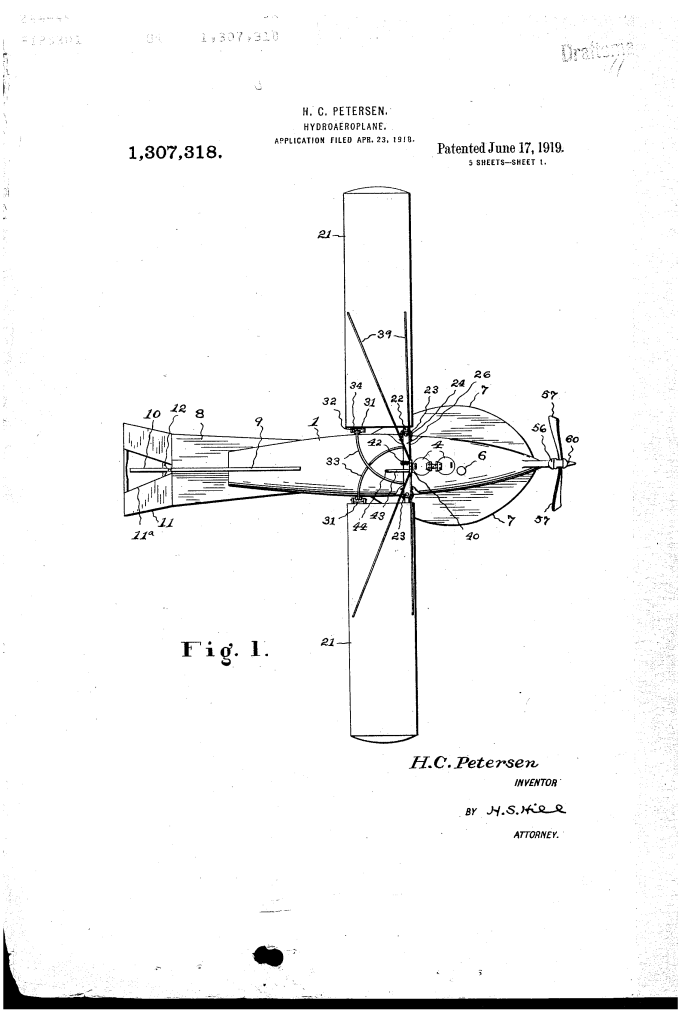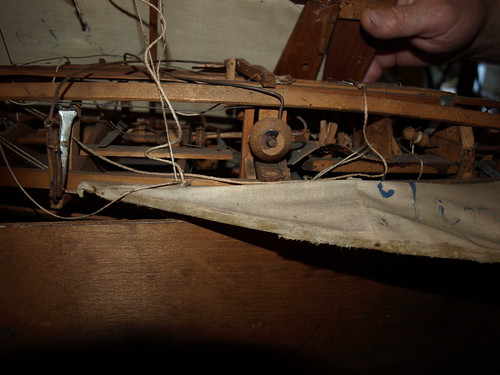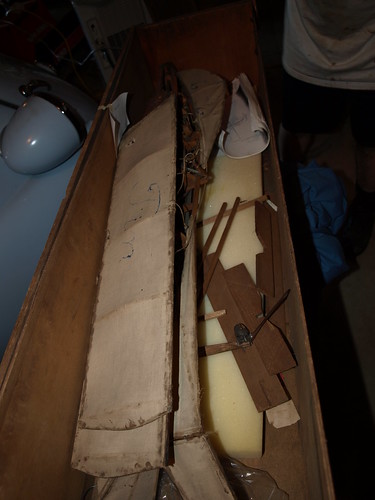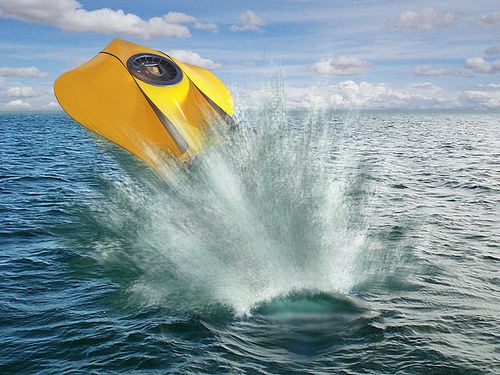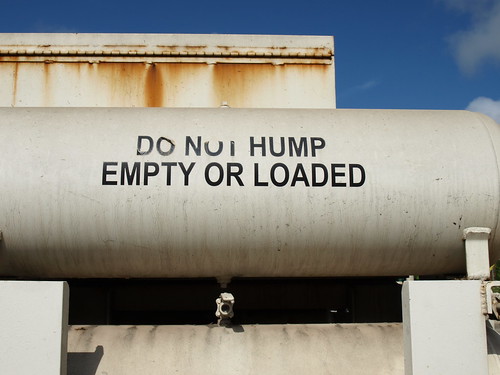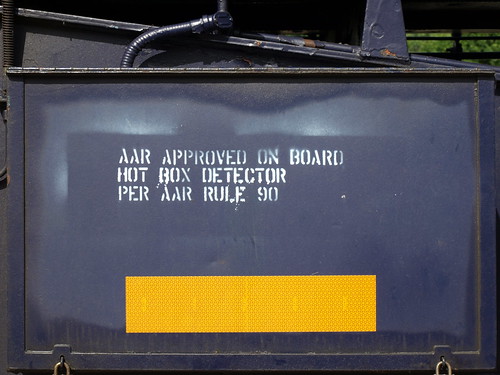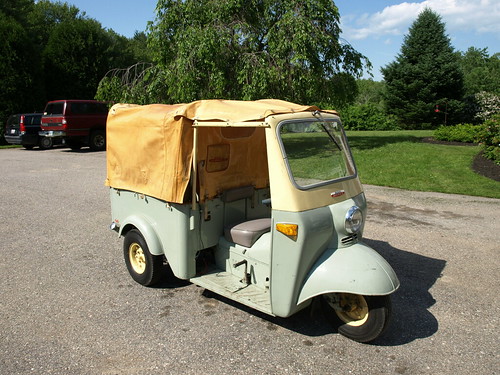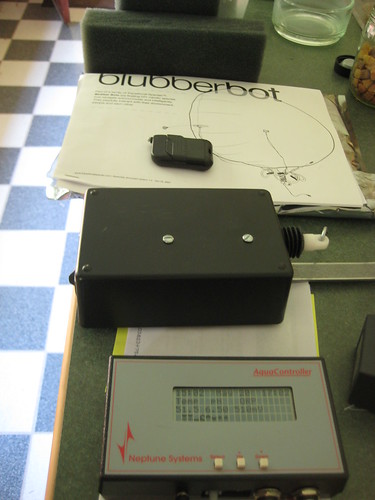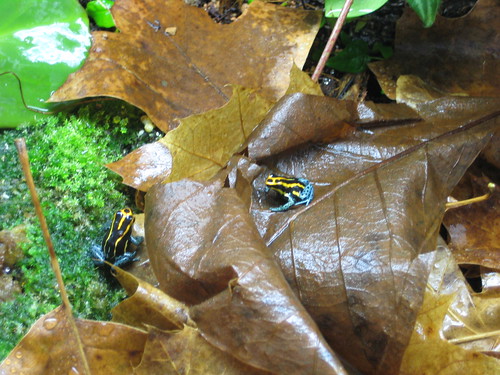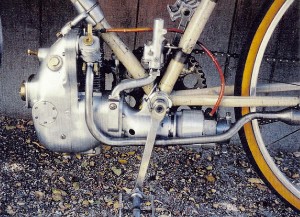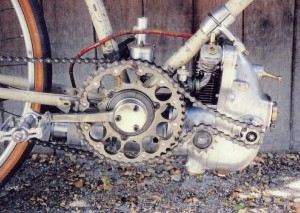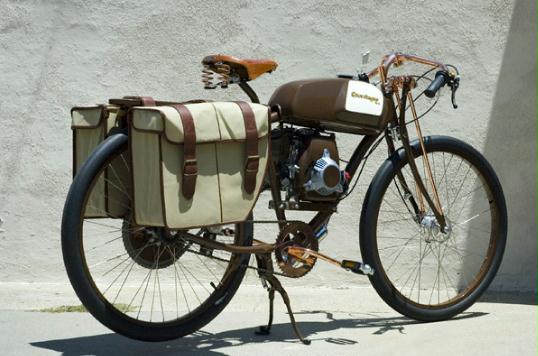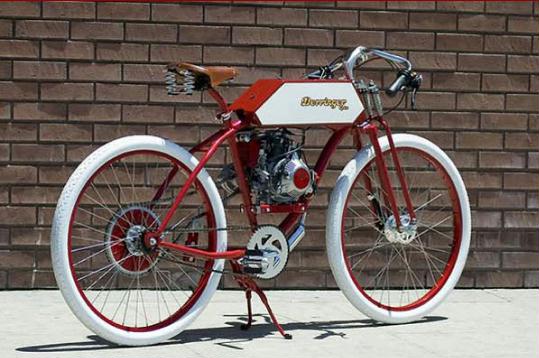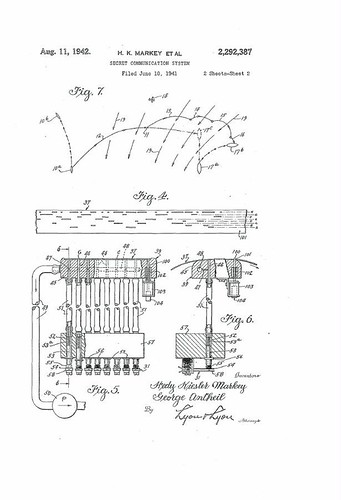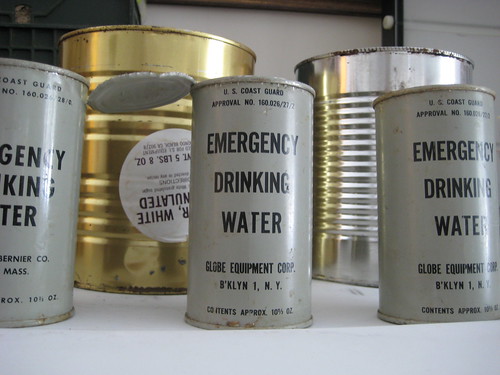Category Archives: gearheadism
Hydroaeroplane – Patent #1,307,318
On a recent tour of an incredible basement and barn collection, I was shown this – a patent model constructed around 1918, in support of a patent for a flying sub.
Further objects of the invention are to provide a hydro-aeroplane which admits of the wings or supporting planes being readily moved into and locked in operative position when the craft is to be used as an airship, or to be swung rearwardly into an out of the way position against the hull of the craft when the device is to be operated as a marine vessel, which provides effective means for propelling the craft through the water as well as through the air, which may be equipped with torpedo tubes and used for the discharge of torpedoes while submerged, and which is at all times under the perfect control of the operators. *
*
*
*
*
*
Irwin Allen, you’ve got nothing on Mr. Hans Christian Petersen of Ludington, Michigan – though your creation is much swoopier.
For more on the history of patent models there’s this story from the NYT and the history page at the Rothschild Petersen Patent Model Museum (the Museum will soon be added to Atlas Obscura by yr humble correspondent). And yes, that’s an Isetta in the background.
More Schnabel
Took a trip up to the Mt. Washington Valley today to see the Schnabel car before it leaves. I’d been told that they were probably going to unload it last – Murphy loves me. It was unloaded and reconfigured for running empty (cradle on it’s attendant flatcar, A and B ends joined) and the riggers were getting ready to ‘jack and slide’ the second, smaller transformer component off the heavy duty depressed center flatcar. Normally the flatcar would have been a ‘lookit that!’ item – with the Schnabel two cars away, it lacked punch.
Apparently ferroequinophiliacs are a problem:
*
And the slideshow (complete set here):
Created with Admarket’s flickrSLiDR.
BBCX 1000
Last Saturday the Conway Scenic Railroad brought a BIG load down through Crawford Notch (part of the old Maine Central Mountain Division – one of the biggest grades east of the Mississippi). The load consisted of a two-piece transformer – one component on a heavy duty depressed center flatcar, the other on a cradle carried by a Schnabel car. The load came in from China (sigh) to Searsport, ME and made it’s way to Hazens, arriving there on Friday. Friday night CSRR hooked up 2 FP9s and a GP7 as motive power and attached a couple passenger cars to the tail end for potentates, panjandrums and poobahs.
I wasn’t able to get up to watch – I am going to try to get up for at least some of the transfer to a truck for the last leg – but the internet comes to the rescue. Some footage of the train going through the Gateway and at Bartlett.
*
*
*
Midget
Nerdism
I realize this is not the sort of display behavior that brings all the girls to the yard lek, but I’m OK with that. I yam what I yam, as a famous mariner once said. From back to front – fancy Swiss aquarium filter foam scraps I’m saving for God knows what reason, an envelope full of Blubberbot, on top of the bot – a transmitter for (next thing down) a remote bownet release and finally an aquarium controller that is tasked with turning the lights over the vivaria on and off.
*
I’m messing around with a macro lens – also trying out an extension tube that will allow me even closer shots, but I haven’t gotten as far as the extension yet. I need to work on depth of field; in olden times that meant shrinking the aperture/cranking up the f-stop with an attendant longer exposure time (if I remember correctly). Some thing may have changed as we switched from film to CCDs, but I’ll bet optics remain much the same.
A bamboo shoot
*
A tree peony
Busy, busy
I’ve been doing a lot of vivarium work – I plan on posting construction details within a month.
*
And quite a bit of dog training – Dinah’s retrieve work is coming along.
Additionally some (heterogeneous) reading:

Categorize this, NSA!
In the on deck circle – refreshing my soldering skills (is it true that US English is the only variant not to pronounce the ‘l’?). Component to printed circuit board soldering, that is.
A tiny jewel from Ettore
Via the New Cafe Racer Society, a link to the Bugatti Revue’s post on the T72 engine.
*
It’s 10.5 cubic centimeters of fury (about the size of a large model airplane engine), but this baby has twin OHCs and is SUPERCHARGED! What an incredibly cool bit of machinery. Click through to the Bugatti Revue for loads more pix.
The only thing I can think of that would make me grin even more broadly would be desmodromic valves… As a side note – I’ll bet the fatness where the crankarms meet the spindle is some sort of freewheel.
Powered BMX bike
This is not at all what I had in mind – but is awesome in a “Holy crap! No, YOU ride it.” kind of way. Via new Cafe (racer) Society -> Krt Schmidt -> Open Bike -> Jonny Pocket’s Blog. Check out the Norton (Manx?) immediately above the BMXer on Jonny’s blog – yowza!
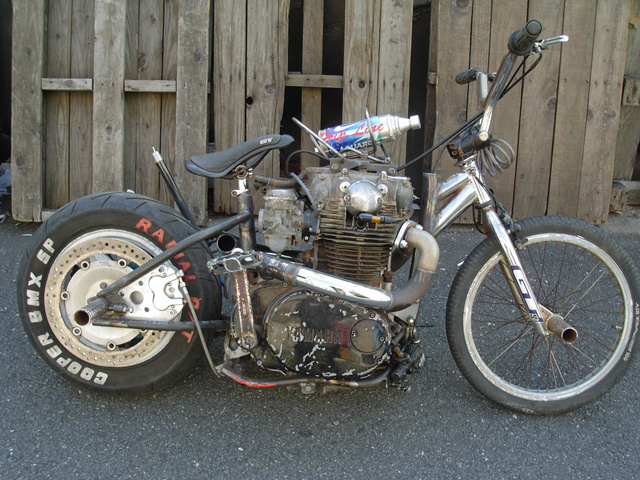
Derringer Cycles
This is exactly what I had in mind (see bottom of post). Via the refrigerator door over at Violet the vixen’s place.
*
Patent Number 2,292,387
Long-time readers of my blog know that I’m fascinated by Hedy Lamarr (originally – Hedwig Kiesler). In honor of Ada Lovelace Day (today!) I though I’d post a short run-down of the patent she and her collaborator, composer and pianist George Antheil, filed in 1942. The title on the patent was “Secret Communication System” and it outlines a way to radio-control a torpedo in a way that makes jamming very difficult. The scheme the movie star and the composer came up with is what later came to be know as frequency-hopping spread spectrum. Wikipedia says, succinctly:
Frequency-hopping spread spectrum (FHSS) is a method of transmitting radio signals by rapidly switching a carrier among many frequency channels, using a pseudorandom sequence known to both transmitter and receiver. *
If you’re camped on one frequency while trying to transmit control info to your torpedo, you’re a sitting duck – your signal can be swamped by a transmitter on your target. If you are hopping from frequency to frequency in a way that your adversary can’t predict, but the receiver in the torpedo can, you’re in much better shape.
The mechanism K and A used to sync the transmitter and the receiver was one that had been used to control musical instruments and would be used a couple decades later to load programs on computers – paper tape!
*
An interesting wrinkle – based on the tape above, I gotta believe that the frequency change interval is variable – perfectly understandable, given the one-to-one communication; it’s also a feature that would make an adversary’s job tougher.
Keeping the 2 tapes – one on the warship with the transmitter and one on the torpedo with the receiver – synchronized is essential.
Clearly the rolls have to start up at exactly the same time. In the invention each roll has an extra track and in that track is just one perforation inserted as a start marker. When the system was first armed (switched on), a little pin passed through this start perforation, restraining the roll from playing. The two pins were operated by an electromagnet, one at the ship end and one at the torpedo end. when the two electromagnets were switched on, that is when the device was armed, the pins appeared and were used to hold back the rolls. The electromagnets were connected together by two wires that ran from the ship’s transmitter equipment to the torpedo’s receiver. Once the torpedo was fired, the wires broke, breaking the circuit that operated the electromagnets, the two pins that held the roll withdrew and the rolls started playing at exactly the same instant… *
Additionally, they have to run at the same speed – not quite as big a trick as starting the run at exactly the same time.
It’s an excellent idea – perhaps a bit ahead of its time, but feasible (I think) given the tech of the day. It didn’t go anywhere though. Why? Two thoughts come to mind. The obvious explanation is that Kiesler and Antheil were outsiders. I can hear it now, “A movie star and a guy who writes ‘modern’ music have an idea for a torpedo remote control system? Haw, haw – tell me another.” Less obvious is an objection that may not have been apparent to Hedy. Hedwig Kiesler’s first marriage was to Friedrich Mandl, an Austrian arms dealer and manufacturer. The Germans were pioneers of electrically propelled torpedoes – Hedy may have heard discussion of them before her escape from Mandl and Austria in 1937. The problem was that the US used torpedoes powered by compressed air – no source of electricity to power the receiver.
In the overall scheme of things though, she and Antheil had a great idea – cheers, Hedy!
Found objects
You can keep your sissy bottled water – this is the real thing. Canned water:
*
And via everyone’s favorite Design Student, fun with rotomolding (I include this just because my jaw still drops when the phone bings for an incoming text message and what appears is a snippet of video taken minutes before):

